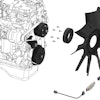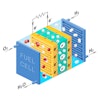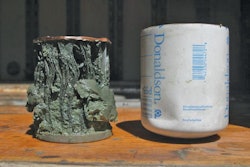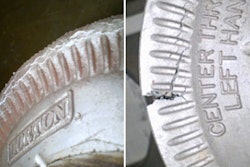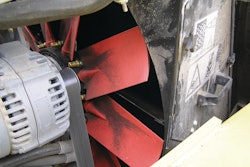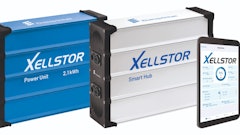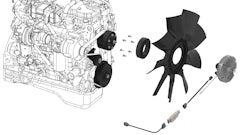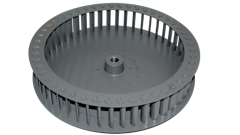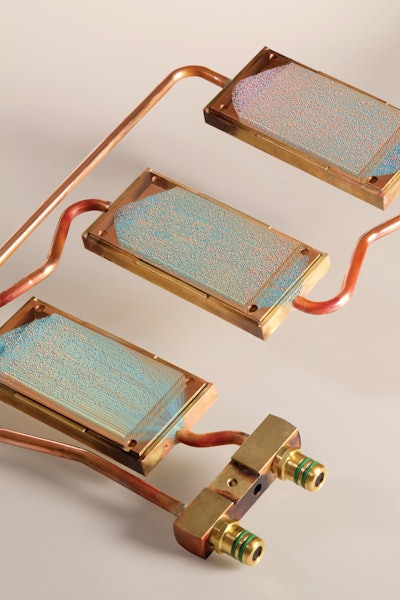
Parker Hannifin Corp., the global leader in motion and control technologies, unveils its thermal management system for cooling critical power conversion, motor and battery storage systems in hybrid motors for heavy equipment. Precision Cooling Systems, a business unit of Parker, has adapted its long-established patented evaporative cooling technology into a system that uses a non-corrosive, non-conductive fluid, to vaporize and efficiently cool hot surfaces on contact.
The flexibility of Parker’s technology has made it easy to implement in many industrial applications ranging from power electronics (IGBTs) in industrial motor drives to grid scale Lithium-ion batteries for energy storage. The coolant is electrically non-conductive making it a safer alternative to water for high voltage applications like power electronics, Lithium-ion batteries and ultra-capacitors. The refrigerant based two-phase cooling system also provides over two times the thermal performance with only 25% of the flow rate required by water cooling. This allows for smaller pumps and fluid lines resulting in less power required to cool the equivalent system whether a battery, motor, power module, or combination of all three. These compact high performance systems leverage Parker’s long established portfolio of thermal solutions and technology, and offer a cost-effective alternative for applications in hybrid heavy duty equipment.
How evaporative cooling works
The dual-phase liquid cooling process continuously cycles refrigerant within a sealed, closed-loop system to cool a wide range of systems. The system uses a small pump to deliver just enough coolant to the evaporator, usually a series of one or more sealed cold plates optimized to acquire the heat from the device(s). In so doing, the coolant begins to vaporize maintaining a cool uniform temperature on the surface of the device. The resulting two-phase coolant is then pumped to a heat exchanger where it rejects the heat to the ambient and condenses back into a liquid, completing the cycle.


